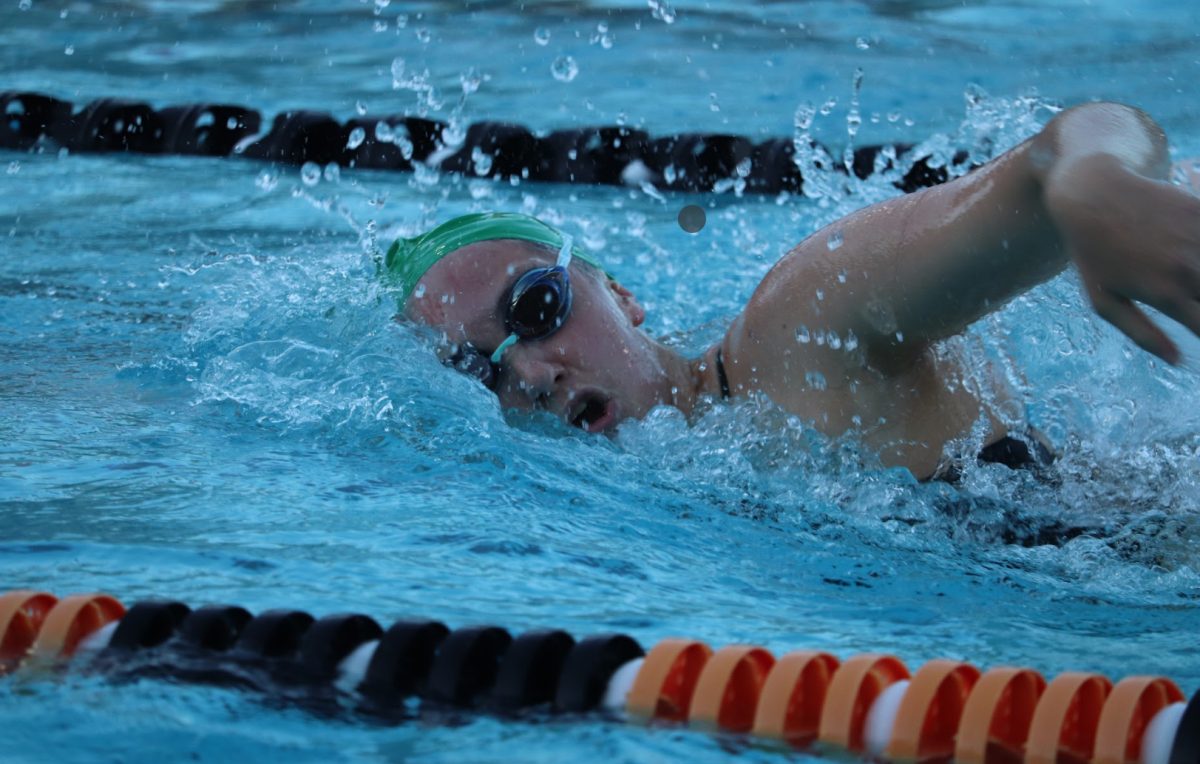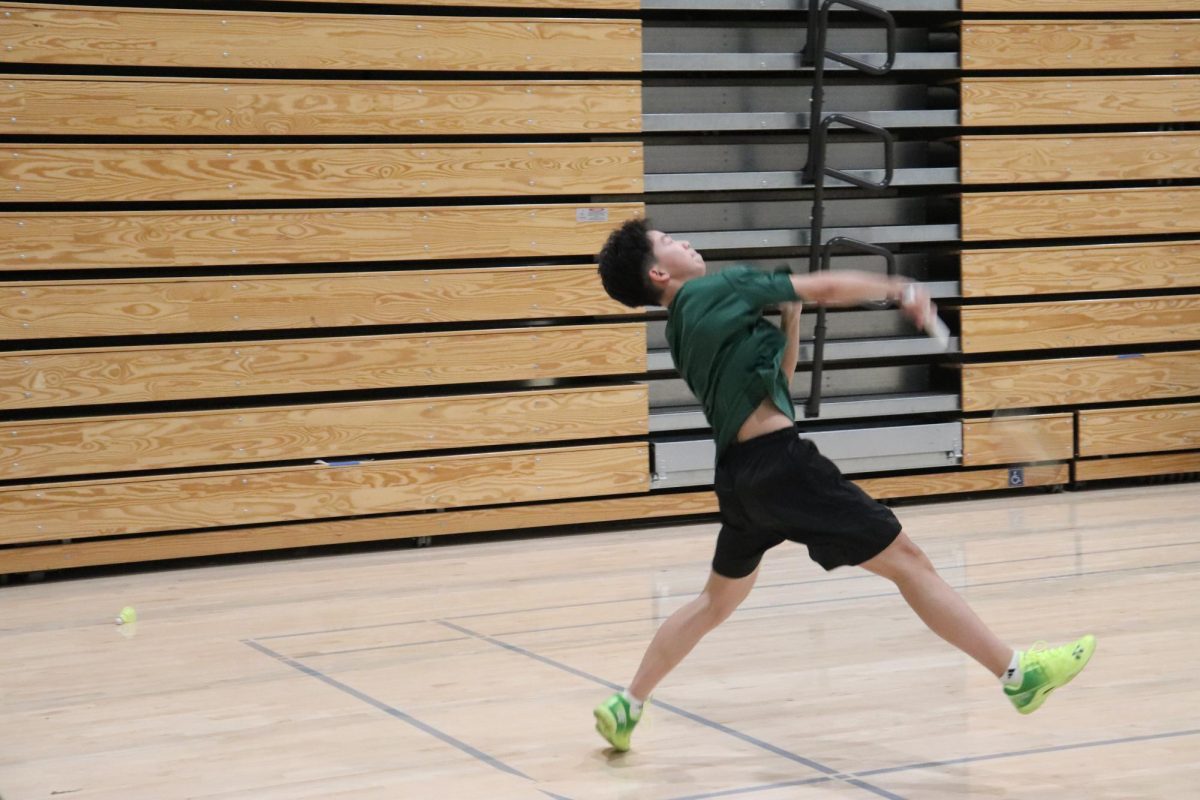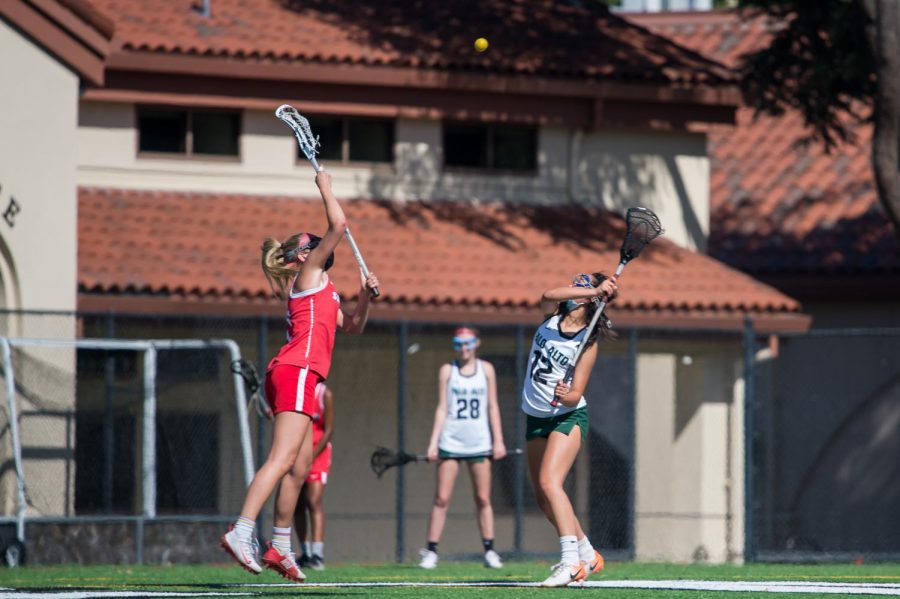It takes more than just pushing your body to its limits to compete at the highest level. While exercise is vital for improved strength and endurance, what you do to help rejuvenate your body is just as crucial. For example, to ensure he can perform at his highest level, Lebron James averages 12 hours of sleep a day. Without proper recovery, athletes are progressively more at risk of injury, soreness, exhaustion, and decreased mental health. Top performers use many techniques for recovery to help them heal from training and ensure their bodies are ready for the next session.
There are three main reasons for recovery: acute injuries, chronic injuries, and preventative maintenance. Acute injuries happen suddenly, such as a sprained ankle, while chronic injuries occur due to overuse that takes place over a longer period of time.
Preventative maintenance can help prevent both these injuries, as well as give athletes control over their performance health.
“[Preventative maintenance is] what you should do routinely to make sure [you have] no soreness and you’re in tip-top shape to perform in your sport,” athletic trainer Justine Iongi said.
The most common and inexpensive form of athletic recovery is stretching. It is the act of moving limbs to specific positions to lengthen a certain muscle group, thus, increasing flexibility and preventing later injuries. Sophomore varsity swimmer Romy Kirby recovers daily after her swim practices.
“Recovery techniques like stretching always give me immediate relief that helps reduce soreness,” Kirby said.
However, stretching also has risks. Athletes often overstretch injuries such as sprains in joints or muscles. In addition, stretching can also cause cramps, leaving muscle groups even more sore.
“Sometimes I overstretch and I’m uncomfortable for a few days,” Kirby said.
Overall, stretching is a handy technique for recovery, but athletes should be aware of the risks and not overstretch.
Another less common recovery method is ice baths. An ice bath is where someone sits in the water at about 50 degrees Fahrenheit for five to ten minutes. Elite athletes, after an intense training session, will likely use this technique to reduce muscle soreness, relieve pain, and quicken recovery. However, ice baths also display the risk of hypothermia, reduced muscle gain, and a potential for frostbite. It is also important to note that the effects of ice baths may vary from person to person. Those who are sensitive to the cold will have more negative reactions to ice baths than those who aren’t. Varsity swimmer Nicolas Ogawa, a current junior, has been taking ice baths in recovery.
“As someone who takes ice baths, I have gotten a better resistance against the cold and have felt like my body can recover after a soak,” Ogawa said.
Massaging, using a massage gun, and rolling out are other very common forms of soreness relief and recovery. Athletes often experience tightness in their muscles after workouts, and massaging is a great way of alleviating this pain. However, massaging also shows the risk of injury, the chance of aggravating existing injuries, and is said to be painful. Alaap Nair, a Paly senior, is well informed in recovery as he utilizes them regularly.
“ Pain is a very subjective term in my opinion, because you know you feel a good stretch when you feel a little pain,” Nair said. “Without pain, your body won’t adapt or recover, so I definitely seek to put my body in positions so my body is forced to adapt. That can be attributed to pain, but I never overextend myself.”
Ensuring their body is getting sufficient nutrition and hydration is another important concern that athletes must keep in mind. Staying hydrated will help the body flush out unwanted fluids while getting sufficient nutrients will ensure the body has the energy to return to a fit state again.
“I definitely eat healthier than most people and it helps fuel me so I have a lot of energy to perform,” Kirby said.
However, finding the balance between both is important; overhydration is a problem and can lead to loss of electrolytes, high blood pressure, and kidney issues while taking in too much food can lead to feelings of bloatedness and joint problems. Athletes must make sure to find the balance between their food and water intake that allows them to achieve peak performance.
Senior and Stanford baseball commit Charlie Bates discussed another, more expensive, recovery technique: electrostimulation. This is a more uncommon recovery technique, as it is newer and therefore less known.
Bates uses the Marc Pro, a portable electrostimulation device. The machine is a little box with buttons to control the varying shock levels, and then connected to the box are two wires. Each wire connects to two patches, which the user attaches to any part of their body to feel the effects.
“[The Marc Pro] shocks little electrical pulses to your muscles,” Bates said. “I’ll usually do that for 15 [to] 30 minutes after practices or games.”
The benefits of electrostimulation include an increase in blood flow, reduced pain, and stimulation for injured muscles.
“The biggest thing is that I’m never sore. A lot of the times when I throw, especially with baseball, after [I] throw [I’m] always so sore. And when [I] hit the Marc Pro, that soreness goes away,” said Bates.
Another method of rest, and likely the most important, is sleep. Not only does sleep boost cognitive function and mood, but it also can benefit your body physically by repairing muscles and tissues while also improving physical performance and energy levels.
Paly’s training room offers electrostimulation, thermotec, ice baths, cupping, deep tissue massage, and more. This wide range of recovery methods is important, especially because recovery is not one size fits all.
For example, if you’re a distance runner, a lot of your recovery is making sure that you’re stretched out well and warmed up because you’re doing these six to ten-mile runs. However, icing bumps and bruises would not be as important, as that is usually more prominent for athletes who play physical sports.
All in all, recovery after workouts is vital for athletes to be able to perform at their greatest level. However, it is important to understand that recovery has different effects on different people, so creating a personalized recovery routine is vital. By utilizing a mindful and individualized approach, athletes can optimize their workouts to foster better performance and a healthier lifestyle. ‘Sko Vikes!








